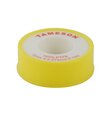PVC Sealants: Types, Applications, and Tips for Effective Sealing
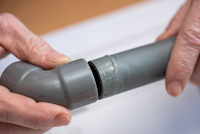
Figure 1: Special adhesives are used to join PVC pipes and fittings.
PVC sealants ensure a strong, leak-proof connection between a PVC pipe and a PVC fitting. There are many different types of sealants available. Ultimately, the right type for an application depends on the properties of the PVC and the connection type. This article discusses these issues and how to use sealants such as cement, joint compound, and Teflon tape to create a connection. Learn more amount other sealing options by reading our sealant adhesive overview.
View our online selection of pvc sealants!
Table of contents
- PVC properties
- PVC sealant types
- PVC sealant selection criteria
- How to seal PVC pipe
- Applications
- FAQs
PVC properties
PVC (Polyvinyl Chloride) is used in various industries because it is versatile and cost effective. The construction industry makes wide use of it for pipes and fittings. However, due to PVC's unique nature, special sealant is necessary when making connections.
- Non-porous: PVC is appreciated for not absorbing or releasing liquids or gasses. This makes it a good material for conveying substances. However, bonding agents that rely on absorption do not work effectively.
- Thermal expansion: PVC expands or contracts significantly due to temperature change. PVC sealant can accommodate these changes without losing its seal.
- Chemical resistance: PVC is resistant to various types of chemicals in various glues.
- Smooth surface: It is difficult for non-PVC adhesives to stick to PVC due to its smooth surface.
PVC sealant types
There are three types of PVC pipe sealant: cement and primer, thread tape, and joint compound. All are widely available at local stores.
- Cement and primer: Cement and primer create a robust and permanent connection. The primer cleans and softens the PVC, readying it for the cement.
- Thread tape: PVC sealing tape is made of Teflon. It wraps around external threads before connecting with internal threads.
- Joint compound: Joint compound, also known as pipe dope, is brushed onto a threaded connection, filling in the gaps between the threads.
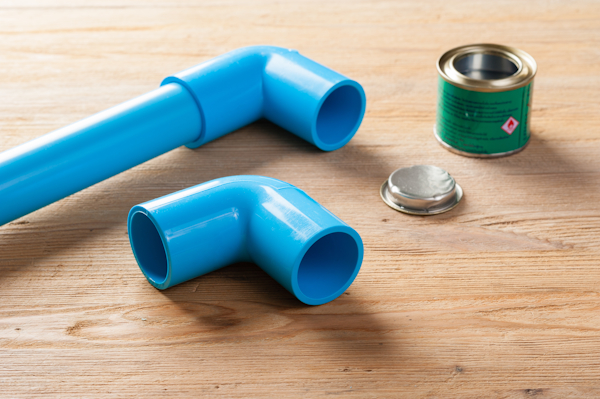
Figure 2: PVC slip connections made using PVC cement.
PVC sealant selection criteria
Different types of PVC sealants are suitable for different types of PVC connections. Therefore, it's essential to first understand the following before using any PVC sealant to seal a connection:
-
Material: Is the connection using PVC or CPVC (Chlorinated Polyvinyl Chloride)? PVC is typically white, and CPVC is typically light yellow.
- CPVC can withstand higher temperatures than PVC. CPVC sealant can handle higher temperatures than PVC sealant.
-
Connection type: The two main types of PVC connections are slip and threaded. An example of a slip connection is pushing a PVC pipe end into a PVC fitting. This creates a strong connection, but sealant is still necessary to make the connection leak proof.
- Slip: Slip connections use cement and primer to create a leak-proof seal.
- Threaded: Threaded connections use PVC thread sealant, thread tape, or joint compound, to create a leak-proof seal. Cement and primer will destroy the threads.
- Permanence: How permanent should the connection be? Slip connections are permanent, whereas threaded connections are not.
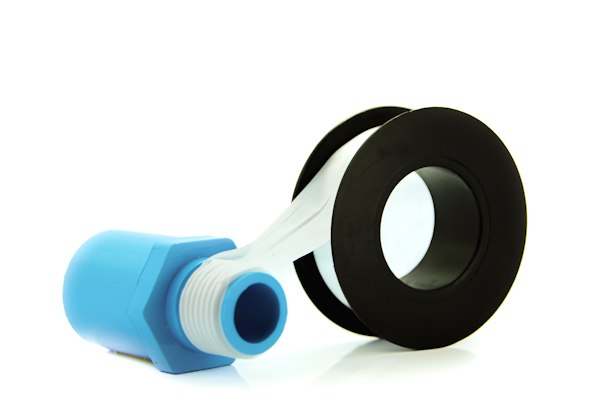
Figure 3: Use thread tape to make a tight seal on PVC threaded connections.
How to seal PVC pipe
The proper method for creating a leak-proof seal in a PVC pipe connection depends on the type of sealant used. However, before beginning work, follow these steps:
- Safety: PVC sealant is toxic and hazardous. Only use it in well-ventilated areas. Gloves and safety glasses are recommended.
- Turn off water: If working on an installed system, turn off the water before making any changes.
- Clean the surface: Use a brush or cloth to remove any dust or debris from the surface before applying sealant. This will greatly enhance the sealing.
PVC cement and primer
- Apply PVC primer: Use a brush to apply PVC primer to the outside of the pipe end and the inside of the fitting. The primer only needs a few seconds to dry.
- Apply PVC cement: When the primer is dry, use a different brush to apply PVC cement to the same areas. Apply the cement in a thin, even layer.
- Connect the pieces: Immediately connect the pipe with the fitting, making sure it goes all the way. Give it a quarter turn to spread the cement, ensuring a solid bond.
- Hold and dry: Hold the two pieces together for about 30 seconds. This prevents them from pushing apart as the cement sets. Afterwards, the cement needs about 15 minutes to fully dry. It is recommended to wait at least 2 hours before testing the connection.
PVC sealing tape
- Unwind the tape: Unwind some tape from its roll. To avoid issues such as the tape sticking to itself, do not cut off a long piece of tape ahead of time. Simply allow the tape to unwind from the roll as it wraps around the threads.
- Apply the tape: Beginning at the end of the external threads, wrap the tape around in the thread direction, which is usually clockwise. Overlap each wrap by about half the width of the tape. Ensure the tape is tightly applied so that it embeds into the threads.
- Screw together: Screw the fitting onto the pipe.
PVC joint compound
- Apply joint compound: Use a brush to spread pipe dope over the connection's external threads. Ensure to apply it evenly all around the threads.
- Make the connection: Screw the external threads into the internal threads.
- Wipe off excess: Use a cloth to wipe off any excess pipe dope that is squeezed out during tightening.
- Wait for it to dry: The drying time varies depending on the specific pipe dope. Average times are between 15 minutes and 2 hours. It's recommended to wait 24 hours before testing the connection with water.
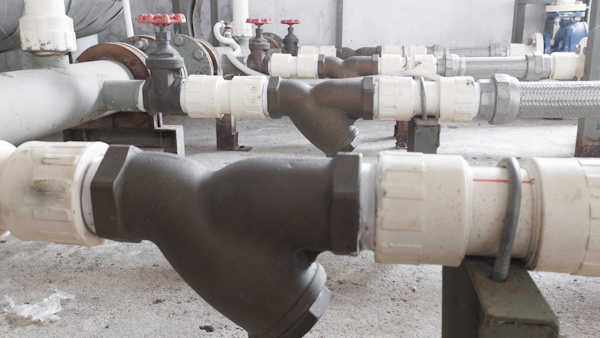
Figure 4: PVC fittings connected to y-strainers, sealed with joint compound.
Testing the connection
Once enough time has passed to ensure the sealant created a proper seal, it's time to test the connection. Simply pressurize the system so media (e.g., water) can flow through it. Inspect the connection joints for leakage. If no leakage is detected, the job is done.
Applications
Beyond choosing the right sealant for the right connection type, there is not one correct answer when deciding how to connect and seal PVC pipes and fittings. Ultimately, the answer comes down to how permanent a connection is desired. Temporary PVC systems should not be sealed with cement and primer. This makes them more difficult to disassemble and ensures the PVC cannot be reconnected at a later date. Finally, any systems that require periodic maintenance should use threaded connections.
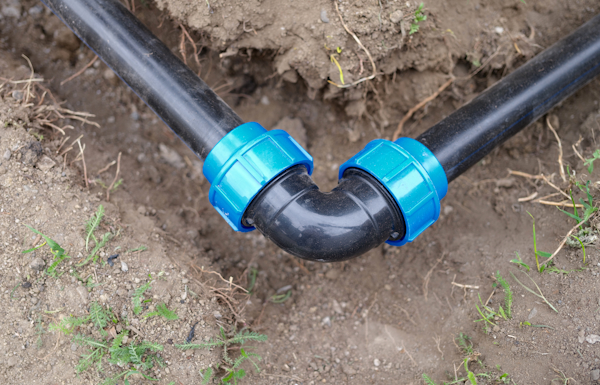
Figure 5: Threaded connections simplify any necessary maintenance to the system.
FAQs
What is the best sealant for PVC?
Use cement and primer for slip connections and use thread tape or pipe dope for non-permanent, threaded connections.
Does PVC need Teflon tape?
PVC does not need Teflon tape, but it can be used when connecting a threaded pipe end to a threaded fitting.




